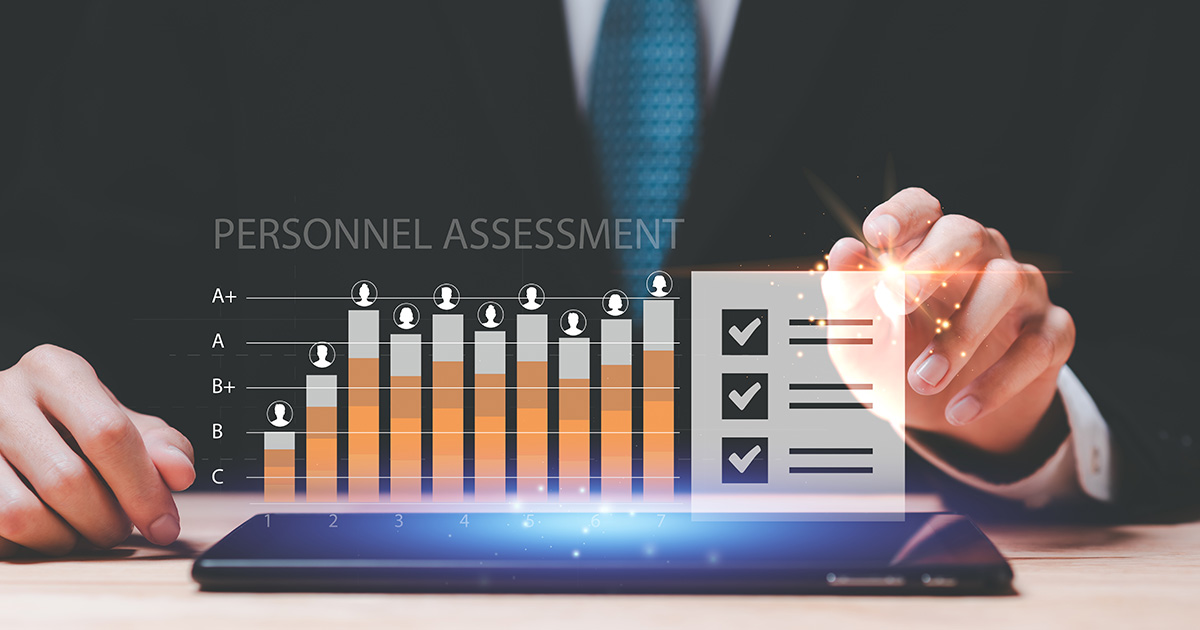
Leadership Assessment Test: Discover Potential
Identify management candidates with objective data through leadership assessment tests. Discover leadership potential with multi-dimensional analysis.

The most critical factor determining an organization's future is its ability to develop the right leaders. However, leadership potential is often determined solely by managers' subjective observations or past performance reviews. This approach can lead to talented leaders being overlooked and wrong promotion decisions.
Modern organizations need digital systems that can objectively measure leadership potential. Leadership assessment tests enable the discovery of future managers today through multi-dimensional analysis methods.
Why Should We Measure Leadership Potential?
Leadership is not just technical knowledge or experience. It is a harmonious combination of numerous skills such as communication, problem-solving, empathy, vision creation, and strategic thinking. Objectively measuring these skills is the key to corporate success.
"Leadership is not an innate talent but a skill that can be developed. However, potential must first be accurately identified."
Digital assessment platforms enable organizations to discover talented leaders at an early stage by measuring leadership potential. These tools, working in integration with talent management systems, create a comprehensive leadership map.
Leadership Assessment Dimensions
Leadership assessment tests measure in six fundamental dimensions in accordance with international standards. Each dimension represents critical components of leadership success.
Strategic Thinking
Seeing the big picture, long-term planning, vision creation
People Management
Team building, motivation, performance management, coaching
Change Leadership
Innovation, adaptation, change management, risk-taking
Communication and Influence
Persuasion ability, presentation skills, active listening, empathy
Decision Making
Analytical thinking, problem-solving, data-driven approach
Emotional Intelligence
Self-awareness, self-management, social awareness, relationship management
360-Degree Assessment Methodology
Evaluating leadership potential from a single perspective is insufficient. 360-degree assessment methodology is an effective approach used for multi-directional analysis. In this method, feedback from the person themselves, their manager, subordinates, and colleagues is collected and combined.
Digital assessment platforms make data from different sources analyzable by collecting them in a central system. This creates an objective and balanced leadership profile, and comprehensive development maps can be created.
Situational Judgment Tests (SJT)
Situational judgment tests based on real business scenarios help predict how leadership candidates will react in complex situations. For example, how they will mediate in a conflict situation or make decisions during a crisis can be assessed through these tests.
Leadership Types and Profiling
Every leader is different, and different leadership styles are required in different situations. Leadership types are determined according to assessment results, and the strengths of each type can be revealed.
Succession Planning and Talent Pool Management
Leadership assessment tests not only identify the current situation but also provide critical data for future planning. Digital platforms enable organizations to build a strong talent pool and create backup plans for critical positions.
Succession Planning Process:
1. Identifying critical positions
2. Defining leadership competencies
3. Assessing potential candidates
4. Identifying development gaps
5. Personalized development plans
6. Progress tracking and updating
Modern systems categorize employees in terms of performance and potential using the 9-box grid model. This model works in integration with data-driven promotion processes, providing objective career planning.
Fairness and Transparency in Promotion Processes
One of the most important factors for employees in transitioning to leadership positions is fairness. Objective assessment systems minimize personal biases in promotion decisions and provide equal opportunities to all candidates.
These systems transparently score and report each evaluation criterion. Employees can clearly see their strengths and areas for development, and shape their development plans accordingly.
Personalized Leadership Development Programs
The real value of leadership tests lies in turning results into action. Digital platforms can recommend special development programs for each candidate based on test results.
Example Development Plan:
Candidate: Mid-level manager
Strengths: Technical competence, analytical thinking
Development Areas: Communication, emotional intelligence
Recommended Program:
- Communication skills training (3 months)
- Executive coaching (6 months)
- Cross-functional project leadership
- 360-degree feedback (quarterly)
Leadership ROI: The Financial Impact of Right Selection
The cost of wrong leadership selections is not limited to salary and benefits. Indirect costs such as team motivation loss, productivity decline, and talent loss can be much higher.
Leadership assessment systems concretely demonstrate the ROI of right leader selection. Research shows that proper leadership assessment can increase company performance by up to 25%.
Strategic Decision Support and Reporting
Modern assessment systems present leadership assessment results through understandable dashboards and detailed reports. Managers can see the organization's leadership capacity at a glance, identify critical gaps, and make strategic decisions.
These platforms enable organizations to develop proactive leadership strategies by offering trend analyses, comparative assessments, and predictive models. Automatic alert systems can instantly notify critical developments.
Frequently Asked Questions
What is a leadership assessment test and why is it important?
A leadership assessment test is a multi-dimensional tool that objectively measures employees' leadership potential. It measures in 6 fundamental dimensions: strategic thinking, people management, change leadership, communication, decision-making, and emotional intelligence. These tests enable the discovery of future managers today and prevent wrong promotion decisions. Talent management tools integrate these tests.
How is 360-degree assessment conducted?
360-degree assessment combines feedback from the leadership candidate themselves, their manager, subordinates, and colleagues. Digital platforms create an objective and balanced leadership profile by collecting this data in a central system. Multi-directional perspective provides much more reliable results than single-source assessments. Competency analysis platforms automate this process.
What are leadership types and how are they determined?
Main leadership types include transformational, transactional, democratic, coaching, and catalyst leader models. Each type has ideal scenarios in different situations. For example, transformational leaders are effective in change periods, and coaching leaders in talent development. Assessment tests determine a person's natural leadership style and development potential. Competency assessment tools perform this profiling.
What is succession planning and how is it done?
Succession planning is the process of identifying and developing backup leadership candidates for critical positions. The process consists of 6 steps: identifying critical positions, defining leadership competencies, assessing potential candidates, identifying development gaps, creating personalized development plans, and progress tracking. Data-driven promotion systems support this process.
What are Situational Judgment Tests (SJT)?
Situational Judgment Tests are assessment tests based on real business scenarios. Leadership candidates are presented with complex business situations and how they will react is measured. For example, scenarios such as conflict management within a team or decision-making during a crisis are used. These tests assess practical leadership skills beyond theoretical knowledge.
How are leadership assessment results turned into development plans?
Test results are used to create special development programs for each candidate. After identifying strengths and development areas, actions such as training programs, executive coaching, cross-functional projects, and mentorship are planned. Modern platforms facilitate this process with automatic recommendation systems. TestEd's solutions offer personalized development plans.






Digitalize Your Leadership Assessment Processes
Want to measure leadership potential with objective data? Discover TestEd's AI-powered assessment platform and explore solutions suitable for your organization.
Explore Platform